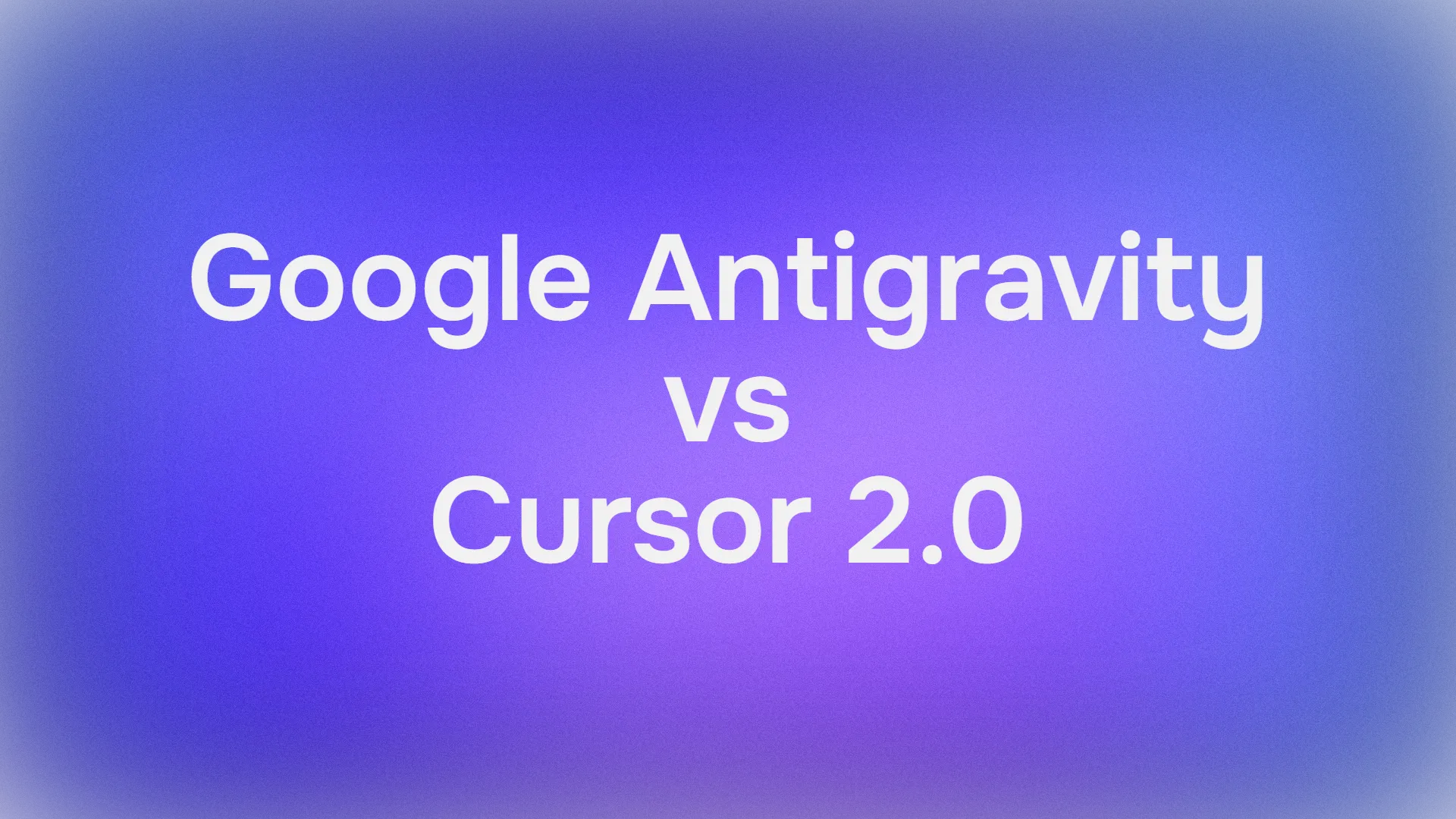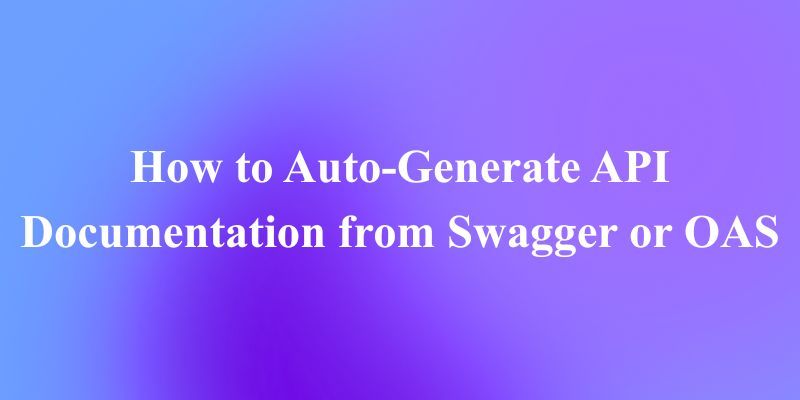Qwen 3 emerges as a powerful contender, taking on giants like OpenAI and DeepSeek. Developed by Alibaba, Qwen 3 brings innovative architecture, top-notch performance, and open-weight accessibility to the table. This technical blog post explores how Qwen 3 surpasses its competitors in key areas like design, training, and real-world use.

Architectural Innovations: Qwen 3’s Winning Design
Qwen 3 offers a smart mix of dense and Mixture-of-Experts (MoE) models. The flagship Qwen3-235B-A22B packs 235 billion parameters but activates only 22 billion per token, delivering efficiency without sacrificing power. This mirrors DeepSeek-V3, which uses MoE to activate 37 billion of its 671 billion parameters. However, Qwen 3 stands out with its scalability and flexibility, proven by strong benchmark results.

In contrast, OpenAI’s GPT models stick to dense architectures, engaging all parameters for every token. This boosts performance but demands heavy computational resources. Qwen 3’s MoE approach strikes a balance, making it more efficient and adaptable. Consequently, Qwen 3 caters to a wider range of users, from small-scale developers to large enterprises.
What Makes MoE Special in Qwen 3?
Mixture-of-Experts (MoE) splits the model into specialized “expert” subnetworks. Only a few experts activate per token, cutting down on computing needs while keeping performance high. Qwen 3 scales this concept effectively, supporting massive models without overwhelming hardware. This gives it an edge over OpenAI’s resource-heavy designs and aligns it closely with DeepSeek’s efficiency—but with better versatility.

Training Methodologies: Qwen 3’s Advanced Approach
Qwen 3 leverages cutting-edge training techniques to outshine its rivals. It uses reinforcement learning (RL) to boost reasoning skills, much like DeepSeek’s R1 model. However, Qwen 3 applies RL across its wide range of models, from 0.6B to 235B parameters, ensuring consistent quality. Plus, it’s trained on over 20 trillion tokens, giving it a deep knowledge base for diverse tasks.
OpenAI also uses RL in models like o1, enhancing logical thinking. Yet, its closed-off nature hides the details, limiting developer control. DeepSeek’s R1 shines in reasoning, but Qwen 3 combines RL with a broader model lineup, offering more options. This blend of advanced training and flexibility makes Qwen 3 a standout choice.

Performance Benchmarks: Qwen 3 Takes the Lead
Qwen 3 proves its strength in benchmark tests. In math reasoning, Qwen3-235B-A22B matches or beats OpenAI’s o1 and DeepSeek’s R1 on tasks like the MATH-500 test, where DeepSeek scores 90.2. In coding, Qwen 3 builds on models like Qwen2.5-Coder, excelling in real-world programming challenges. For general tasks, its training on massive datasets ensures top accuracy across over 20 languages.

Key Benchmark Highlights
- Math Skills: Qwen 3 tackles complex problems with precision, rivaling the best models out there.
- Coding Power: It generates and understands code better than many competitors, perfect for developers.
- Language Versatility: Large context windows and multilingual support make it globally useful.

These strengths, backed by techniques like Supervised Fine-Tuning (SFT) and Reinforcement Learning from Human Feedback (RLHF), position Qwen 3 ahead of OpenAI and DeepSeek in critical areas.
Unique Features: Qwen 3’s Flexible Edge
Qwen 3 shines with its variety of model sizes, from 0.6B to 235B parameters. This lets users pick the perfect fit—small models for edge devices or massive ones for heavy lifting. It also offers “thinking” and “non-thinking” modes, handling both deep reasoning and simple tasks efficiently. Additionally, Qwen 3’s multimodal features—processing text, images, and more—set it apart from OpenAI and DeepSeek, which lag in open multimodal options.

This flexibility makes Qwen 3 ideal for diverse needs, from quick text generation to complex problem-solving, giving it a practical advantage.
Open-Source Power: Qwen 3’s Community Boost
Qwen 3’s open-weight models are a game-changer. Unlike OpenAI’s locked-down systems, Qwen 3 lets developers tweak its weights, sparking innovation. DeepSeek also offers open-source models under the MIT license, but Qwen 3’s range of sizes and support on platforms like ModelScope and Hugging Face make it more accessible. This openness speeds up development and customization, making Qwen 3 a favorite for those seeking freedom in AI work.

Practical Uses: Qwen 3 in Action
Qwen 3 excels in real-world scenarios:
- Coding: It automates code creation, debugging, and documentation, speeding up software projects.
- Education: Its math skills power tools for teaching and research, solving tough problems fast.
- Support: Multilingual capabilities drive global chatbots, improving customer service.
These use cases show how Qwen 3 turns technical strengths into everyday solutions.
Boosting Development with Apidog
Developers can easily tap into Qwen 3’s API with Apidog, a tool that simplifies API testing and management. Apidog lets you set up Qwen 3 endpoints quickly, integrating them into apps like chatbots or code tools. Download Apidog for free to streamline your projects and harness Qwen 3’s power effortlessly.

Conclusion: Qwen 3’s Technical Triumph
Ultimately, Qwen 3 redefines the language model landscape. Its smart MoE design, stellar benchmark results, and open-weight access outpace OpenAI and DeepSeek. Whether you’re coding, researching, or building global solutions, Qwen 3 delivers unmatched tools and flexibility. Pair it with Apidog—download it free—and see how Qwen 3 can transform your work today.



